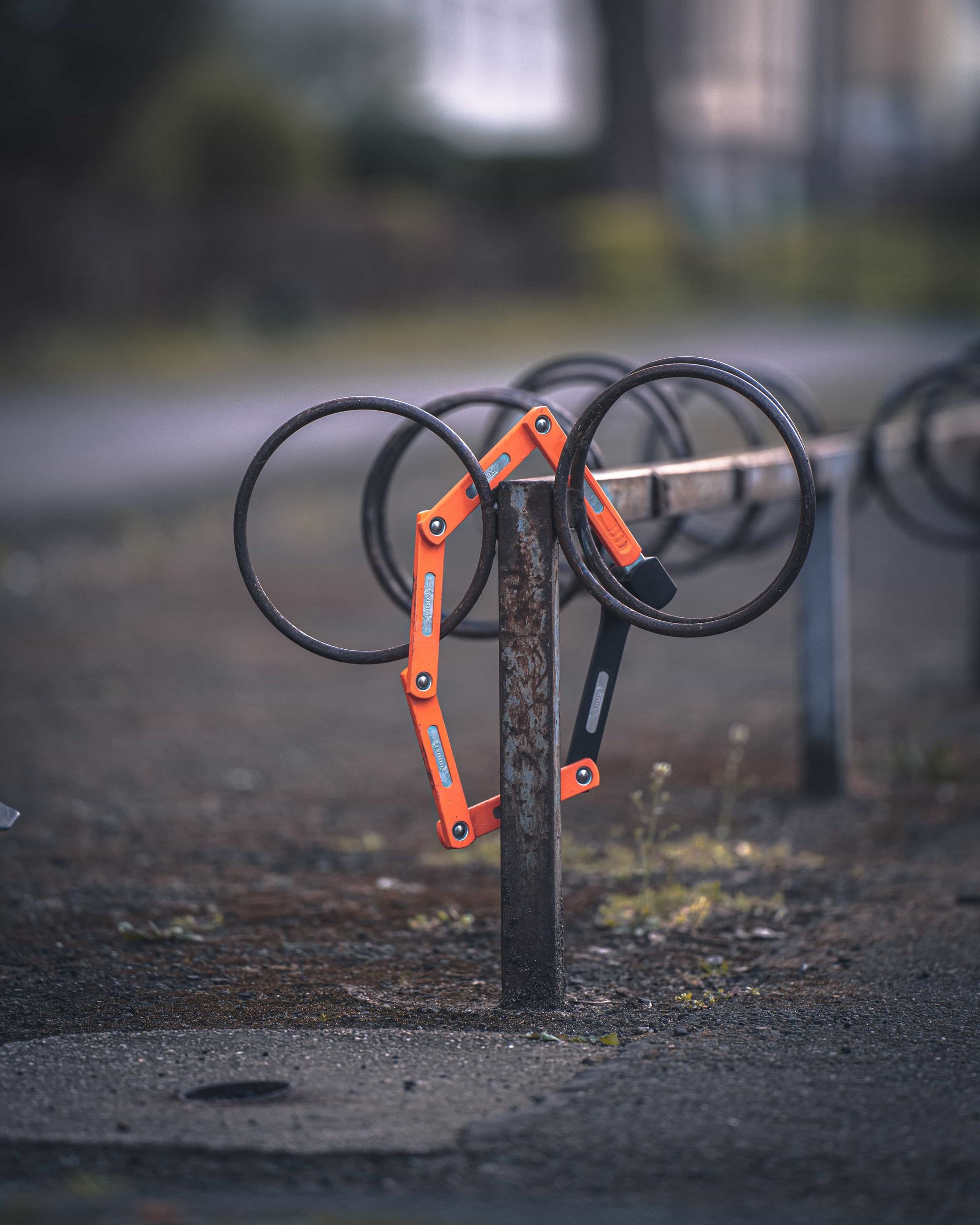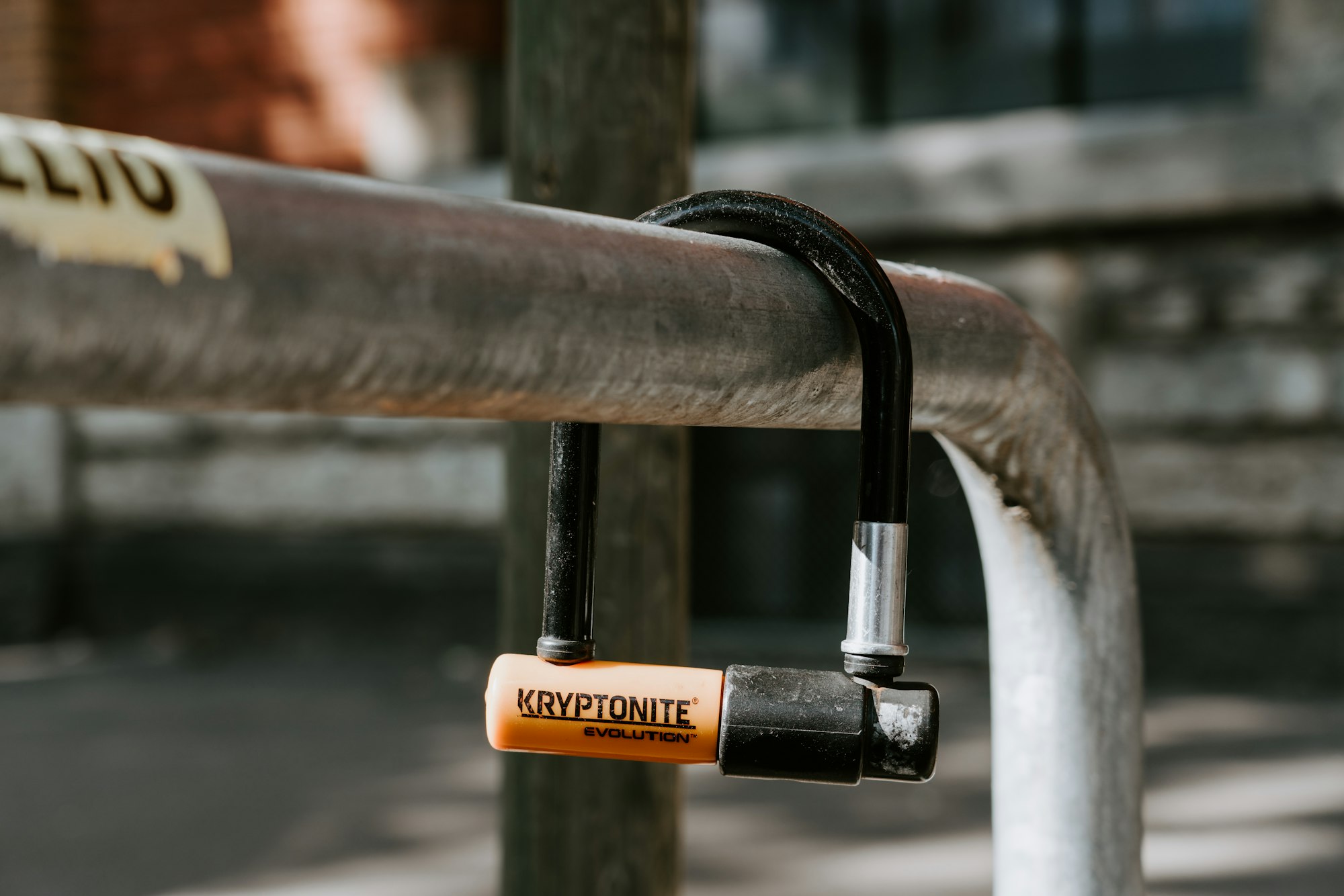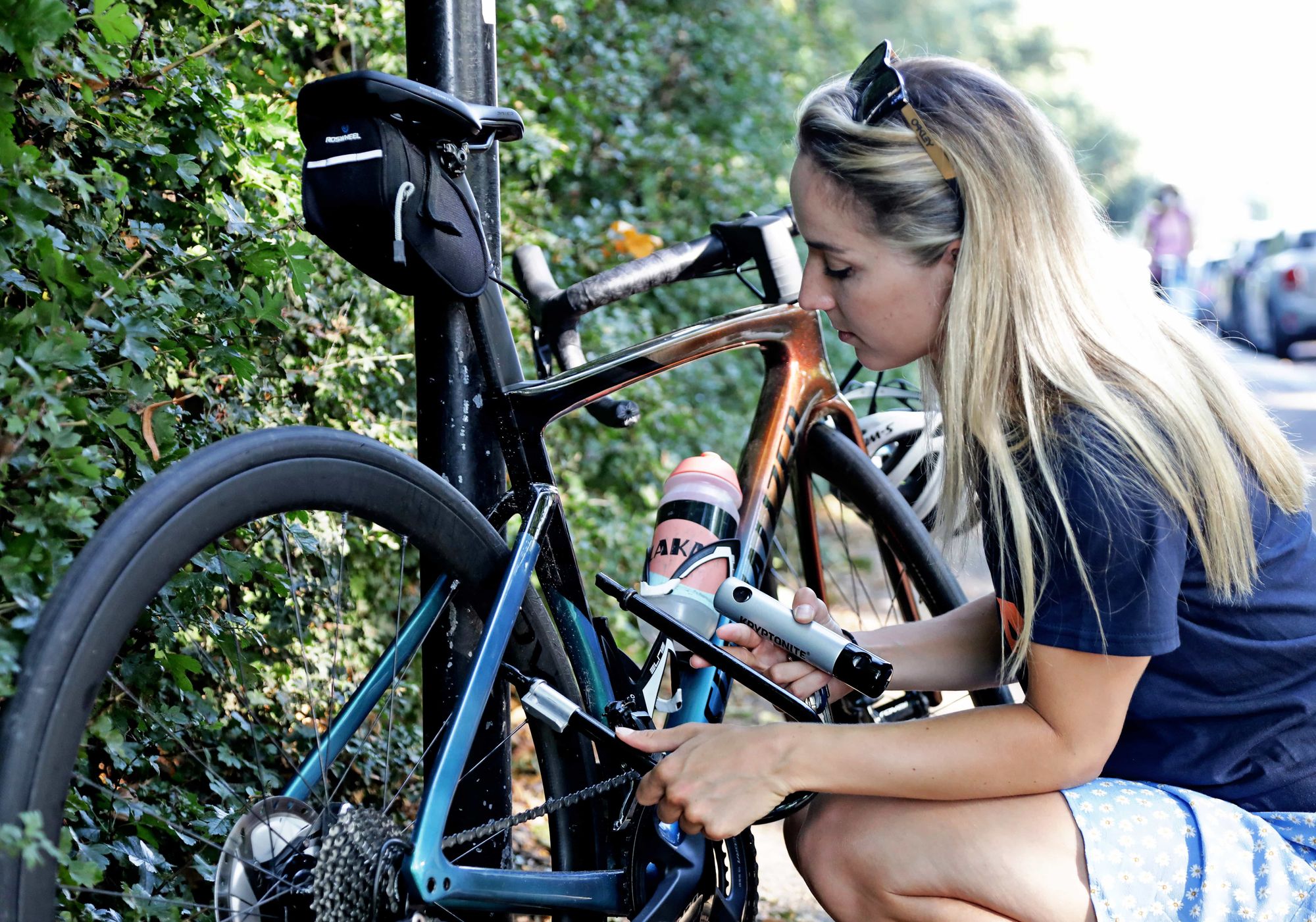These small, coin-shaped devices, a part of Apple's Find My network, offer an innovative solution to common problems such as bike theft, loss, and the need for enhanced safety. This article delves into how cyclists can make the most of the benefits offered by Apple AirTags.
Benefits of Using AirTags for Cyclists
The primary allure of Apple AirTags for cyclists lies in their potential as a cheap and effective anti-theft device and a bike location tracking system.
Designed to integrate seamlessly with the Apple ecosystem, AirTags utilize the vast Find My network, allowing cyclists to pinpoint their bike's location accurately.
A significant benefit is the prevention of bike theft. Bikes, particularly high-end models, are a common target for thieves. With an AirTag discreetly attached, recovering a stolen bike becomes much more feasible.
The AirTag sends out a secure Bluetooth signal that nearby devices can detect in the Find My network. The user can then track this signal on their Apple device, leading them to the bike's exact location.
Whether your bike has been stolen and you find it and share it with the relevant authorities, or an airline loses your bike en route to your cycling holiday, or you use it as a way to give your family members peace of mind on epic rides in remote areas the Air tag has a lot of unexpected uses for us as riders.
How to Set Up Your Apple AirTag for Cycling
Setting up an AirTag for cycling is a straightforward, user-friendly, and quick process, as you would expect for an Apple product This step-by-step guide makes it easy:
Unbox and Activate
Begin by unboxing your AirTag. To activate it, simply pull out the tab. Then, bring the AirTag close to your iPhone or iPad. Your device will automatically detect it, signalling that it's ready for use.
Pair with Your Device
Next, follow the on-screen instructions on your Apple device to pair the AirTag with your Apple ID. This process is typically quick and intuitive. For easier identification, you can give your AirTag a custom name, such as 'Bike.'
Choose the Right Accessory
Select an appropriate accessory to attach the AirTag to your bike securely. Several options are available, ranging from waterproof holders that can be fastened under the seat to custom-made attachments designed to fit various bike frame parts or even inside the tires away from the prying eyes of a would-be bike thief.
More and more products are coming on the market to offer secure places to keep them, and a vast array of options are available online if you can access a 3d printer.
Find the Ideal Spot that works for you
The placement of the AirTag on your bike is an important consideration. You want it to be discreet enough to deter potential theft but not so hidden that it impairs the device's signal.
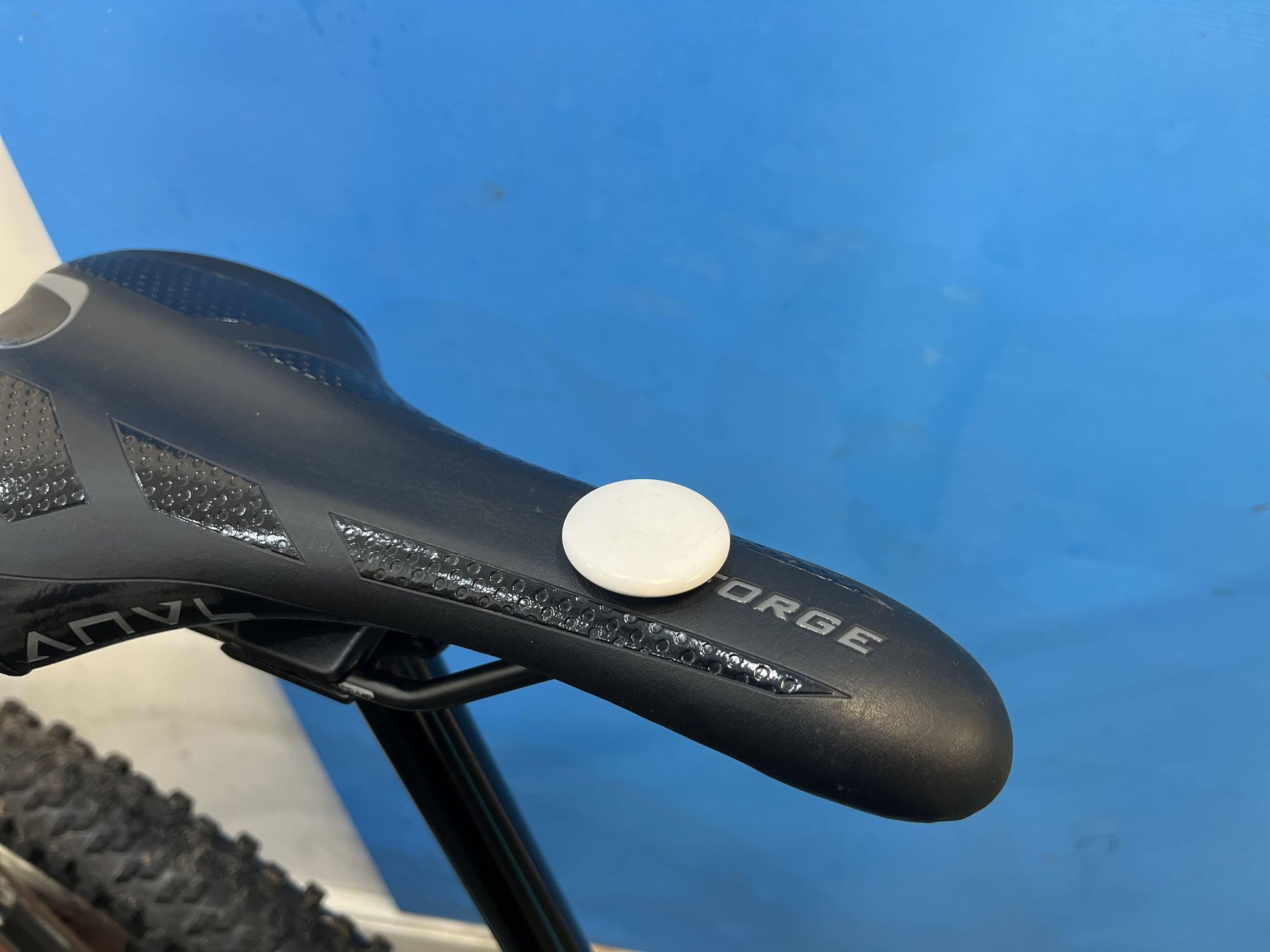
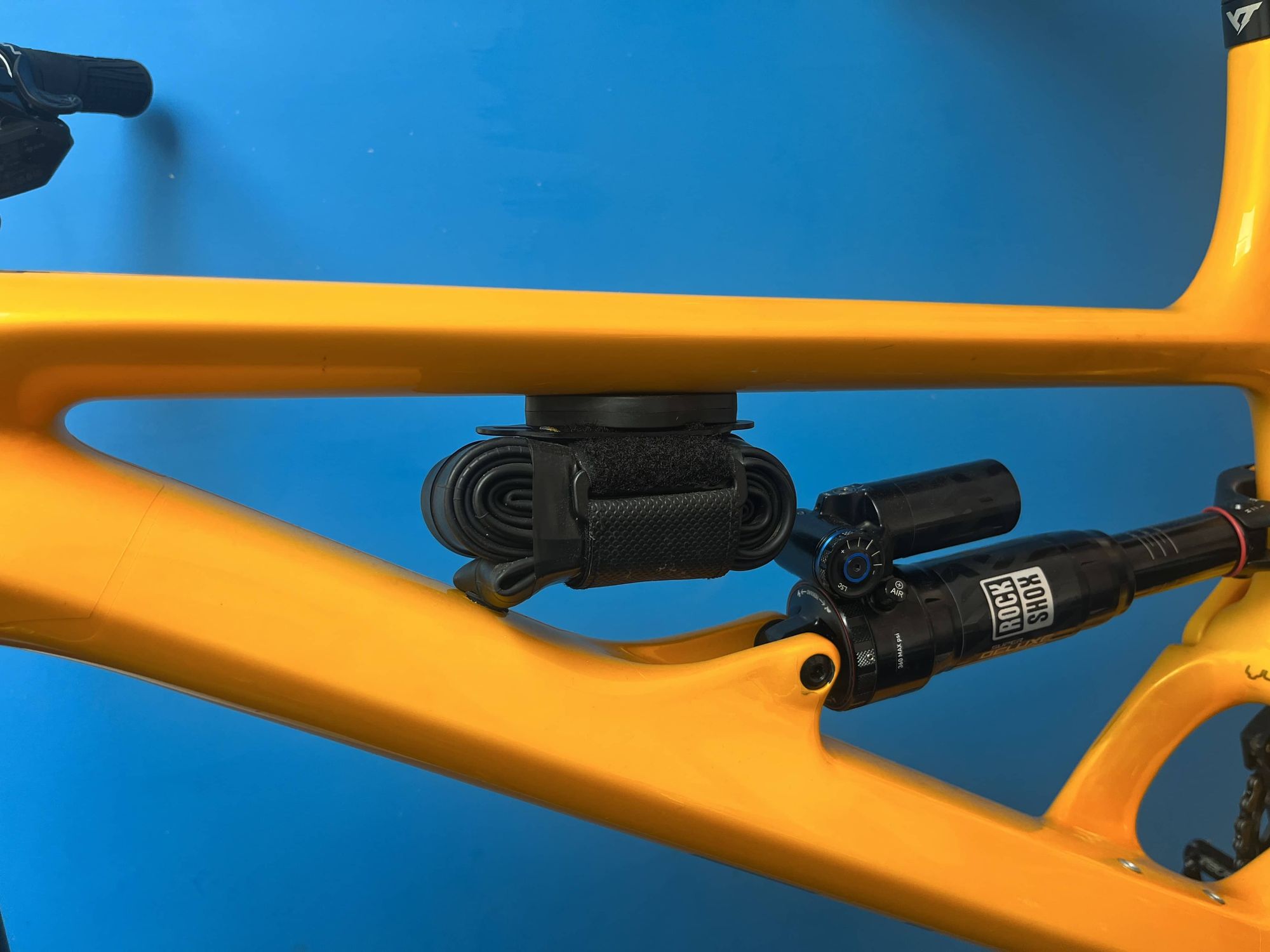
Test the Tracking
After attaching the AirTag, it’s essential to test its tracking functionality. Move away from your bike and use the Find My app on your Apple device. Check to see if the app accurately displays your bike's location.
This step is crucial to ensure that the AirTag is functioning correctly and is ready to help you keep track of your bike. Hopefully, that's all setup and ready to go.
Innovative Uses of AirTags in Cycling
Beyond their primary uses for theft prevention and location tracking, AirTags have a range of innovative applications that can significantly enhance the cycling experience:
Group Rides
AirTags can be particularly useful in group cycling situations. By equipping each cyclist's bike with an AirTag, the group can keep track of every member's location.
This feature is incredibly helpful in ensuring that no one gets left behind, especially in large groups or areas unfamiliar to some riders. It can also enhance safety, as the group can quickly respond if a member falls behind due to mechanical issues or other challenges.
Racing
For competitive cyclists in ultra-distance races or unsupported multi-day events, AirTags offer an opportunity to gain a tactical edge. By using these devices in races, cyclists can track their positions and movements and those of their competitors. This can provide valuable insights into race dynamics, allowing you to plan and alter your race strategy accordingly.
Safety and Security Tips
While exploring these innovative uses of AirTags, it’s crucial to remember some safety and security tips to make the most of them.
Discretion in Placement
When attaching AirTags to your bike, consider placing them in discreet locations to avoid attracting unwanted attention or tampering. Brands such as Lezyne and Muc Off offer fitting kits that mount to bottle cages, under saddles, or on top of tire valves.
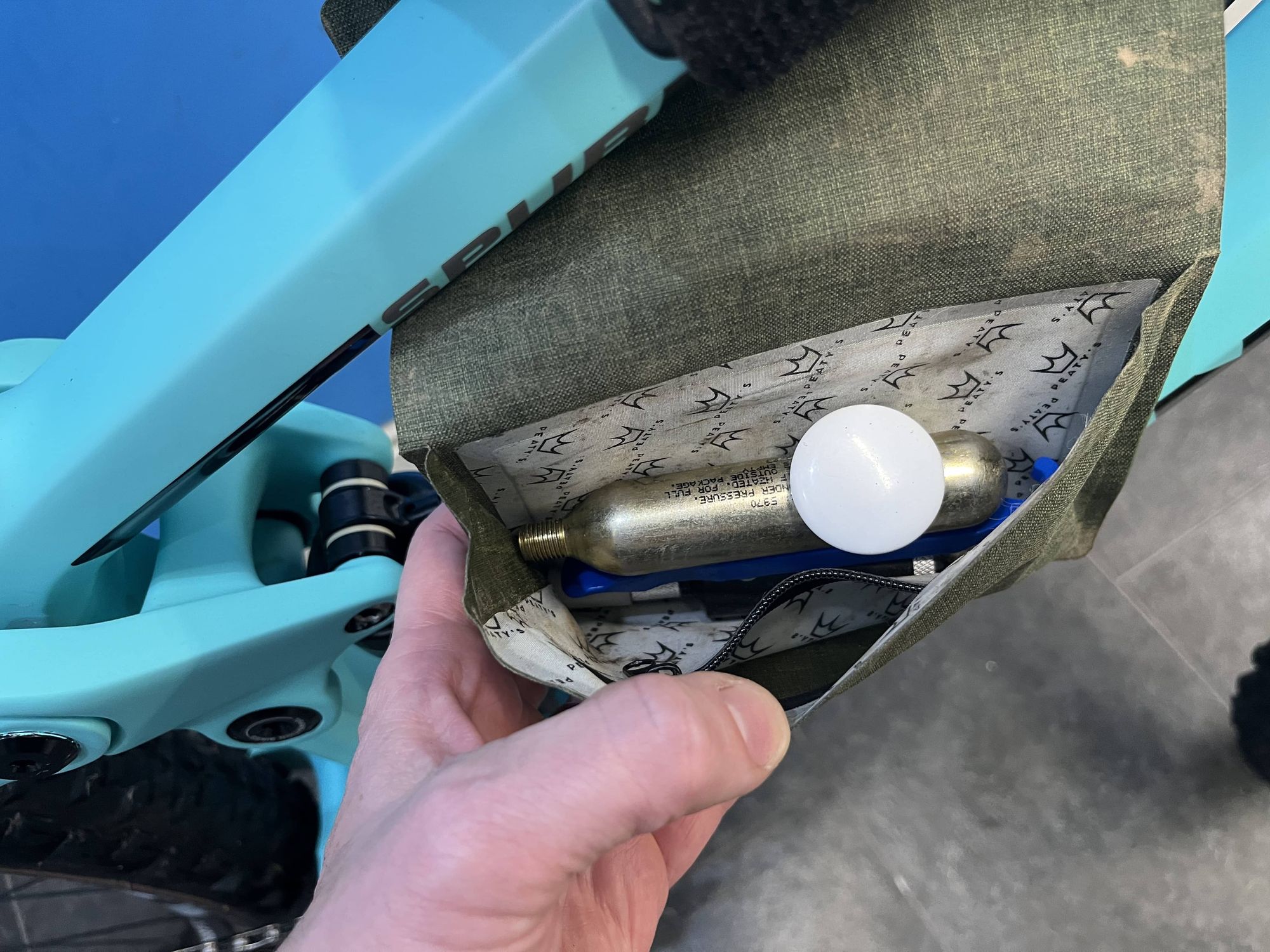
Regular Checks
Regularly check the AirTag for battery life and ensure it’s functioning correctly, especially before embarking on long rides or holidays. If an airline loses your bike, you could be without it for some time, so it's essential to ensure you've got a fully charged unit when packing your bike.
Respect Privacy
Always be mindful of privacy concerns. If using AirTags in group rides or races, ensure that all participants know and consent to using these tracking devices.
While AirTags provide numerous benefits, it’s essential to use them responsibly
Secure Attachment
The effectiveness of an AirTag is dependent on its secure attachment to your bike. If an AirTag is not correctly affixed, it risks falling off during your ride, rendering it useless.
Ensure that the AirTag is fastened to withstand the various bumps and stresses riding can cause. A cycling-specific mount will help here, although you could easily stash it in an existing storage option like a saddle or handlebar bag, providing it is well-packed and securely mounted.
Regular Checks
To ensure your AirTag is always functional when needed, perform regular checks on its battery life and overall functionality. Apple AirTags are designed to have a battery life of about a year, but this can vary depending on usage. Checking the battery status through the Find My app and keeping a spare battery handy can be handy in practice.
While AirTags are a popular choice, there are other bike-tracking options available
When comparing different bike tracking options, it's essential to consider each technology's unique features and limitations:
GPS Trackers
These devices stand out for their real-time tracking capability. They often come with advanced features like geofencing, which alerts you when your bike moves out of a predefined area, and speed alerts.
However, there are some drawbacks. GPS trackers are generally more expensive than other types of trackers. Additionally, they require a separate charging routine, which can be a bit of a hassle, and don't use Apple's existing tech and ecosystem.
Bluetooth Trackers
These are pretty similar to Apple AirTags' basic functionality, using Bluetooth technology to track items. However, they are often limited by a shorter range compared to AirTags. The network, too, is usually smaller, which can impact the effectiveness of the tracker, especially if your bike is taken to a location with fewer people or devices to pick up the Bluetooth signal.
RFID Tags
Offering basic protection against theft, RFID (Radio-Frequency Identification) tags are a more rudimentary form of tracking. While they can help identify and verify a bike's ownership, they lack the real-time tracking capabilities of AirTags and GPS trackers. Their use is generally more passive and is often limited to recovery scenarios rather than active tracking.
Advantages / Disadvantages
Each of these tracking options has its advantages and disadvantages. The choice largely depends on individual needs and preferences. Apple AirTags is known for its extensive network through the Find My app and seamless integration with Apple devices and ecosystem, balancing convenience, cost, and functionality. They are a particularly appealing choice for Apple users due to their easy setup and maintenance. Still, they may not be the best option for those looking for more advanced tracking features like real-time speed monitoring or who do not use Apple devices.
Conclusion
Incorporating technology like Apple AirTags into your bike security setup marks a significant step toward enhanced safety, security, and convenience. As bike brands start to realize their potential, more setup options are coming to market to make their use even more accessible.
As we move into an era where technology increasingly intersects with every aspect of our lives, solutions like AirTags are not just gadgets but essential tools that enhance our experiences, whether that's recovering your pride and joy if you are a victim of theft or saving your holiday by quickly locating your bike when baggage handlers lose it they can prove to be invaluable.
Do I need bicycle insurance?
For extra peace of mind, when locking your bike in a busy street, or storing your bike in your garden shed, check out our specialist bicycle insurance.


